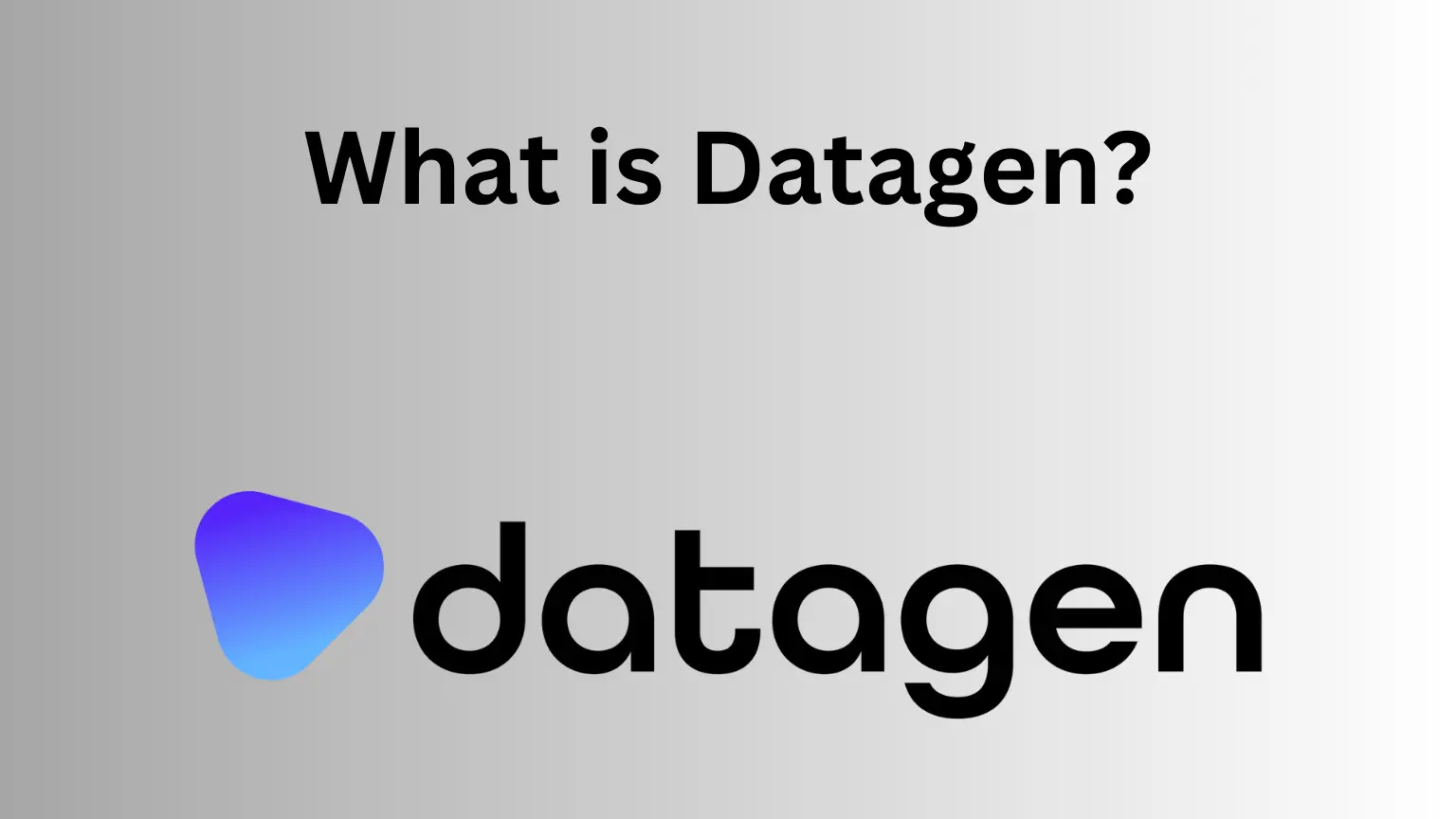In today’s digital age, data is being generated at an unprecedented rate. With the rise of the internet, social media, and the Internet of Things (IoT), the amount of data being produced is growing exponentially. This has led to the need for efficient and effective ways to manage large data sets. In this article, we will explore some of the techniques and approaches used for Managing Large Data Sets.
What is Object Tracking in Computer Vision? A Detailed View
Managing Large Data Sets
The first step in managing large data sets is to understand what constitutes a large data set. A large data set is typically defined as a data set that is too large to be processed by traditional data processing techniques. This can be due to the size of the data set, the complexity of the data, or the speed at which the data is being generated.
Approaches for Efficient Handling of Large Data Sets
One of the biggest challenges in managing large data sets is the sheer size of the data. In most cases, the data to be processed does not fit into memory, which means that the high number of slow I/O operations will dominate the performance. There exist several methods for making data handling more efficient by compressing, partitioning, transforming the input data, suggesting more compact storage structures or increasing cache friendliness.
Compression is a technique used to reduce the size of the data set. This can be done by removing redundant data or by using algorithms that compress the data. Compression can be used to reduce the amount of storage space required for the data set, which can help to reduce costs.
Partitioning is another technique used to manage large data sets. Partitioning involves dividing the data set into smaller, more manageable parts. This can be done based on various criteria, such as time, location, or type of data. Partitioning can help to reduce the amount of data that needs to be processed at any given time, which can help to improve performance.

Transforming the input data is another technique used to manage large data sets. This involves converting the data into a format that is more suitable for processing. For example, data can be transformed into a format that is more easily searchable or that can be processed more quickly.
Increasing cache friendliness is another technique used to manage large data sets. This involves optimizing the data set so that it can be stored in cache memory. Cache memory is a type of memory that is faster than main memory, which means that data can be accessed more quickly. By optimizing the data set for cache memory, performance can be improved.
Data Mining Techniques
Data mining techniques are used to extract useful information from large data sets. Data mining involves analyzing data to identify patterns, relationships, and trends. There are several data mining techniques that can be used to manage large data sets, including:
Clustering: Clustering is a technique used to group similar data points together. This can be useful for identifying patterns in the data and for identifying outliers.
Classification: Classification is a technique used to categorize data into different classes or categories. This can be useful for predicting future trends or for identifying patterns in the data.
Regression: Regression is a technique used to identify the relationship between two or more variables. This can be useful for predicting future trends or for identifying patterns in the data.
Association Rule Mining: Association rule mining is a technique used to identify relationships between different variables in the data. This can be useful for identifying patterns in the data and for predicting future trends.
Text Mining: Text mining is a technique used to extract useful information from unstructured text data. This can be useful for analyzing social media data or for analyzing customer feedback.
Best Algorithms for Face Recognition
Conclusion
Managing large data sets is a complex task that requires a combination of techniques and approaches. By using compression, partitioning, transforming the input data, suggesting more compact storage structures or increasing cache friendliness, data can be processed more efficiently. Data mining techniques can also be used to extract useful information from large data sets. By understanding the different techniques and approaches used to manage large data sets, organizations can make better use of their data and gain valuable insights into their business operations.
What are some of the challenges of managing large data sets?
What are some of the benefits of managing large data sets?
What are some of the tools used for managing large data sets?
Hadoop is an open-source software framework used for storing and processing large data sets.
Spark is an open-source software framework used for processing large data sets in memory.
NoSQL databases are databases that do not use the traditional relational database model. They are designed to handle large data sets and are often used in big data applications.

















